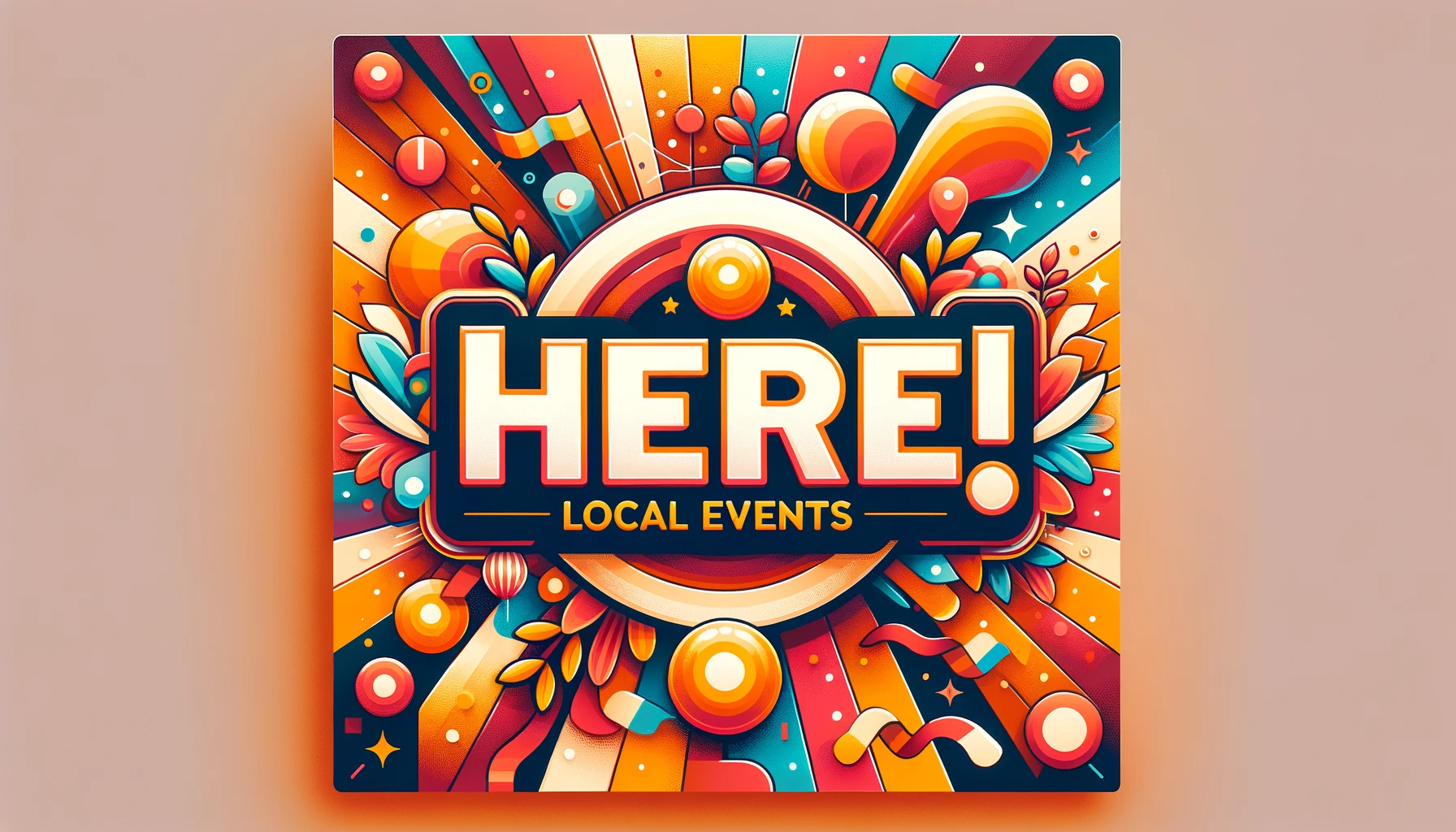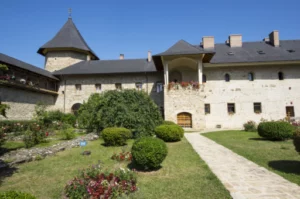Celebrating Día de los Muertos in San Antonio with Tradition and Heart
San Antonio, Texas is gearing up for an exciting close to Día de los Muertos this Saturday evening, as Johnathan Coronilla, the owner of Botanica los Misterios, prepares to honor his ancestors and community through vibrant cultural practices. This beloved holiday, celebrated on November 1st and 2nd, is not just about colorful festivities but is also a sacred time to remember and pay tribute to loved ones who have passed away.
As the city comes alive with beautiful ofrendas, lively music, and delicious food, Coronilla aims to embrace the deep-rooted traditions of this meaningful celebration. “We have ofrendas filled with everything our ancestors used to enjoy in life—like pastries, flowers, cakes, and candles,” he shares enthusiastically. “These offerings are a symbol of our connection, and we believe they bring blessings and support from our loved ones.”
A Family Legacy of Healing
For Coronilla, curanderismo, or traditional Mexican folk healing, is much more than just a profession; it’s a family tradition that stretches back generations. With roots in Indigenous, Native American, Mexican, and Catholic spiritual beliefs, curanderismo is about healing rather than witchcraft, despite some misconceptions. “I grew up hearing stories from my grandmother about how her family were midwives and healers. They were pillars in the community,” he recalls.
Having practiced curanderismo since he was just nine years old, Coronilla opened his shop in 2010 to carry on this legacy of community healing. Patrons visit Botanica los Misterios for various spiritual services, including readings, cleansings, and herbal remedies. He emphasizes that even if the term “witch” is thrown around, there’s nothing inherently evil about what he and fellow curanderos do. “Witches don’t have to be evil,” he explains, “We honor both the light and shadow within ourselves and nature.”
Honoring All Spirits
This year, Coronilla will not only honor his ancestors but also the spirits and deities that often get overlooked in conversations about Día de los Muertos. He focuses on figures like El Ánima Sola del Purgatorio, representing souls suffering in purgatory. “It’s essential to acknowledge these souls and ask for their relief,” Coronilla said thoughtfully. “With so much sadness in the world, taking the time to honor those who suffer and pray for peace is as important as celebrating our happy memories.”
Día de los Muertos is a beautiful blend of joy and solemnity, a time marked not only by the celebration of life but also by honoring loss, healing, and support for the community. The traditional foods, colorful decorations, and musical festivities help to create an atmosphere that celebrates both life and death, showing that they are indeed intertwined.
A Time for Connection and Reflection
As the evening approaches, San Antonio’s neighborhoods will come alive with activity. Families typically gather, sharing stories, food, and laughter while also finding moments of reflection at the ofrendas set up in homes and public spaces. This practice fosters a strong sense of connection between the living and the dead, reminding everyone of the ongoing influence of those who came before.
So whether you are taking part in the rich traditions of Día de los Muertos, creating your own ofrendas, or simply enjoying the cultural festivities around you, remember that this time is about more than just a party. It’s a heartfelt tribute to those we have loved and lost, a beautiful fusion of memory, culture, and community.








